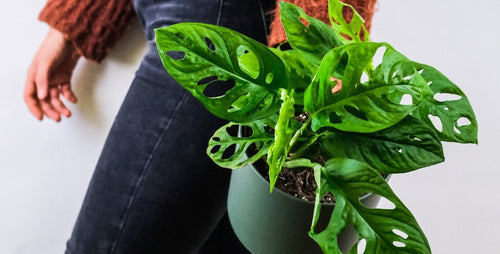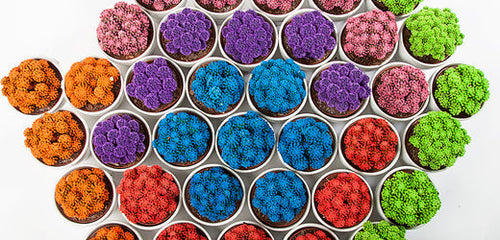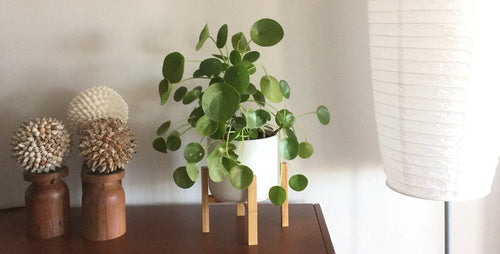My love affair with houseplants started when I was in college. I’d been gardening all my life, but hadn’t paid much attention to the world of indoor plants until I moved into student housing and no longer had outdoor space to play around in. All I had was a narrow shelf and two west-facing windows to create my own plant Eden.
Back then, (when dinosaurs still walked the earth) most houseplants were sold at small Mom and Pop garden centers. And, I soon discovered a small, ramshackle greenhouse on a dead-end street where the young couple sold a wide variety of indoor plants, many of which had clearly been growing there for some time.
On my first visit, I noticed a very large hanging basket, inhabited by an ancient-looking Holiday Cactus that must have been 2 feet in diameter. Years later, I still remember the small faded yellow price sticker that said $15.00. That was my entire budget, but I could not resist and so I soon found myself lugging that big, ungainly plant back to my dorm room where it swallowed up one whole window.
I really didn’t know much about taking care of this plant, but the greenhouse owners told me it was called a Christmas Cactus because it generally bloomed during the holidays, but that unlike other cactus, it liked more moisture and higher humidity. So, I simply watered it whenever the soil felt dry and gave the leaves a quick spritz of moisture when my dorm room got super dry.
By the end of fall semester I noticed that my leafy roommate was literally covered in buds and before I flew home for the holidays, it was smothered in gorgeous pale pink flowers. That’s when I became hooked on these amazing plants and I started my lifelong search for other varieties that offered white, yellow, orange, red, purple, or bi-colored flowers. Luckily, these jewel-toned beauties are available everywhere.
Also called Thanksgiving or Zygocactus, Holiday cactus, Schlumbergera sp., flowers profusely when the days get short, so they make an ideal gift plant during the holiday season. What’s more, with basic care, these beauties will last a long time, often being handed down from generation to generation. And even when not in bloom, the plant’s flat, bright green, jagged foliage is handsome enough to stand on its own.
To keep your plant in top form, just follow my lead and water whenever the soil feels dry to the touch and mist the plant during the winter. To promote new growth feed Holiday cactus in the spring and summer with a dilute solution of houseplant fertilizer. It doesn’t take much work to get these easy-care plants to brighten your home during the darkest days of winter.
Written by Doug Jimerson

















